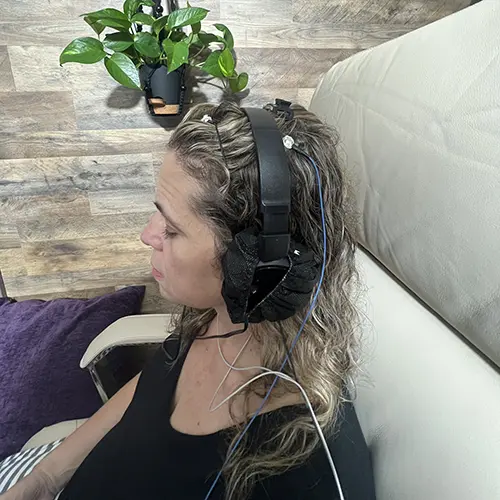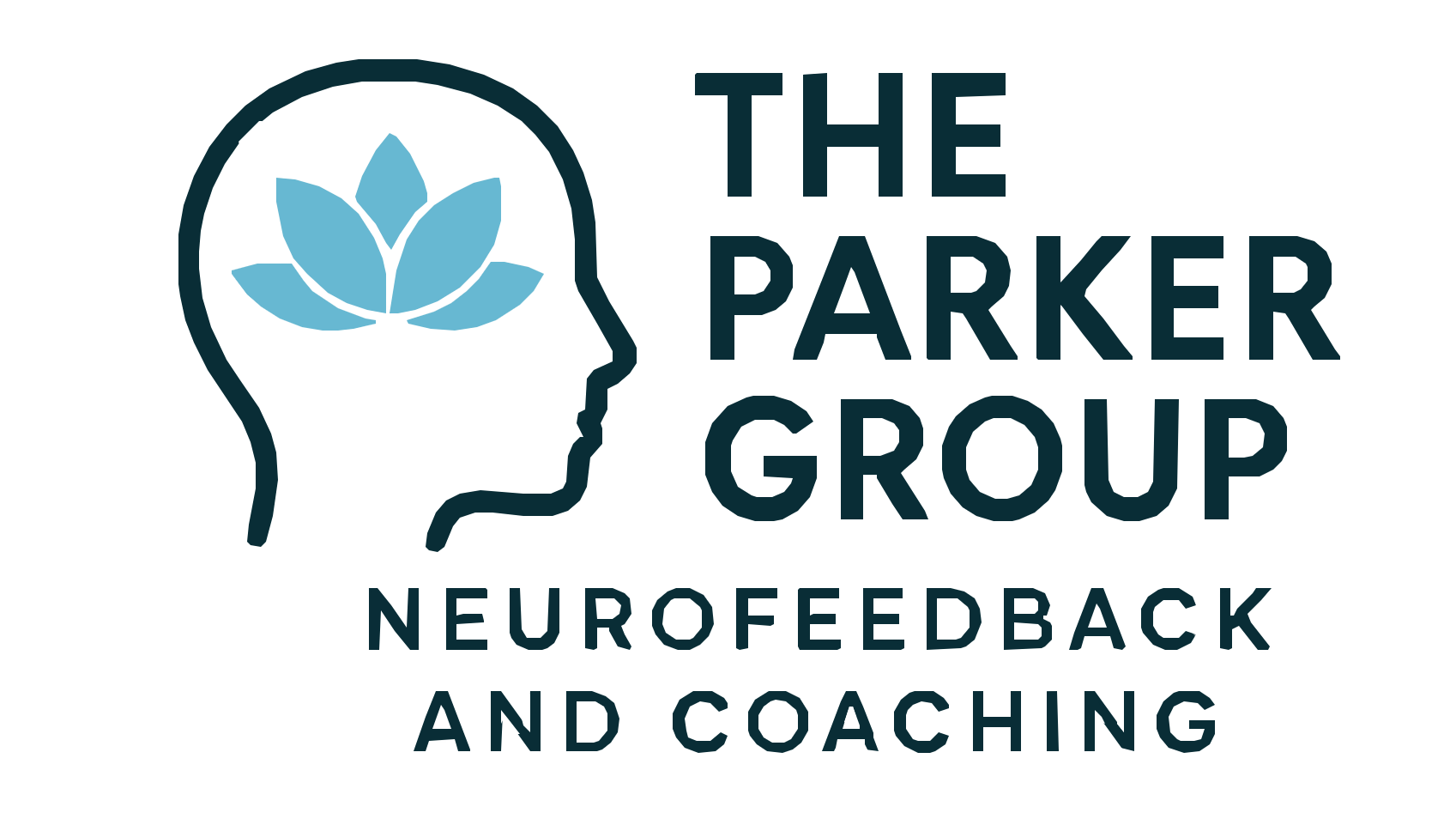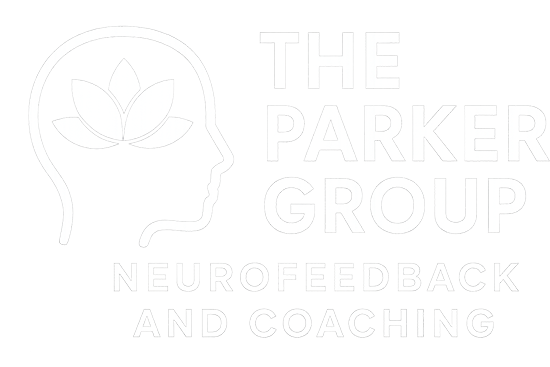What Is A Brain Map?
Also known as a Quantitative Electroencephalogram (QEEG), a brain map measures electrical brain activity, analyzes the data, and creates a visual representation of 19 points reflecting activity in the various lobes of your brain. The “quantitative” aspect means that the raw EEG data is mathematically analyzed and compared to a normative database to identify areas of the brain that may be overactive, underactive, or dysregulated.
How do you do a brain map?
The brain mapping process is painless and typically takes between 30 minutes to an hour to complete. The client wears a fitted cap with 19 sensors while sitting in a comfortable chair. Half of the test is conducted with the client’s eyes open, and the other half is conducted with their eyes closed. It’s that simple!
Once the recording is complete, the EEG data is digitized and analyzed using specialized software. This analysis generates a series of visual maps that display brainwave activity in various frequency bands, including delta, theta, alpha, beta, and high beta. The EEG results are then compared to a database of established standards of normal brain function to identify any brainwave imbalances. These imbalances are often associated with various neurological and psychological conditions, including ADHD, anxiety, depression, sleep disorders, traumatic brain injury, and more.
THE BRAIN MAP REPORT
Once the data has been processed, quantified, and compared to the database, the brain map results are combined with the results of a comprehensive questionnaire and delivered to the client in a detailed report. The final Brain Map Report highlights areas that are functioning well and areas that need optimization. Our clinicians then use the Brain Map report to construct custom training protocols unique for each client.



